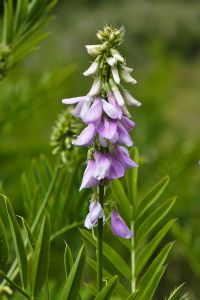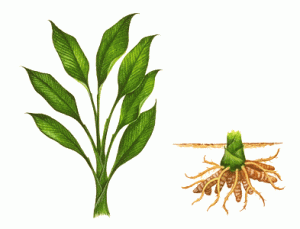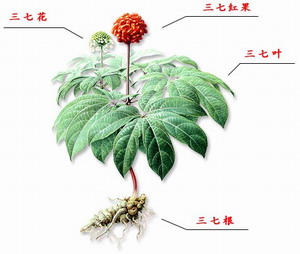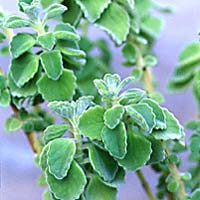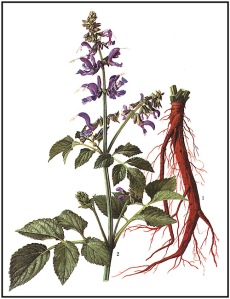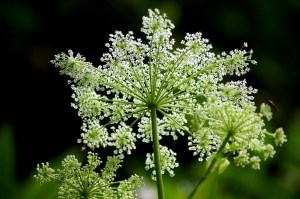
Panoramio. (n.d.). Angelica polymorpha(Wildflower) @ Fukushima Japan. Retrieved from: http://www.panoramio.com/photo/97612523
Botanical Name: Angelica polymorpha/Angelica sinensis
Common name: Dong Quai, dan giu (Chinese) (Bone & Mills, 2013, p. 517)
Family: Umbelliferae (Bone & Mills, 2013, p. 518)
Parts used: root (Bone, 2003, p. 182)
Quality: warm, pungent, sweet (Pole, 2006, p. 768)
History/Folklore: Dong quai has a long history of use as a female tonic, and is ofter referred to as ‘the woman’s ginseng’ (Bone & Mills, 2013, p. 517).
Constituents: Essential oil (mainly phthalides ligustilide and n-butylindenephthalide); phytosterols; ferulic aicd; coumarins (incl. angelol and angelicone) (Bone & Mills, 2013, p. 518).
Actions
- Anti-inflammatory (Bone & Mills, 2013, p. 517; Pole, 2006, p. 768)
- Anti-anemic (Bone, 2003, p. 182; Bone & Mills, 2013, p. 517)
- Anti-platelet (Bone & Mills, 2013, p. 517; Pole, 2006, p. 768)
- Female tonic (Bone, 2003, p. 182)
- Mild laxative (Bone & Mills, 2013, p. 517; Pole, 2006, p. 768)
- Anti-arrhythmic (Bone & Mills, 2013, p. 517)
- Immune-stimulant (Pole, 2006, p. 768)
- Anti-spasmodic (Pole, 2006, p. 768)
- Antibiotic (Pole, 2006, p. 768)
- Analgesic (Pole, 2006, p. 768)
- Hepatoprotective (Pole, 2006, p. 768)
- Mild sedative (Pole, 2006, p. 768)
TCM specific: Tonifies and moves blood, drains wind-dampness, moistens dryness and unblocks bowles (Pole, 2006, p. 768)
Indications
- Dysmenorrhoea (Bone, 2003, p. 182)
- Irregular menstruation (Bone, 2003, p. 182)
- Amenorrhoea (Bone, 2003, p. 182)
- Chronic hepatitis (Bone, 2003, p. 182)
- Chronic cirrhosis (Bone, 2003, p. 182)
- Constipation (Bone, 2003, p. 182)
- Abdominal Pain (Bone, 2003, p. 182)
- Swelling (Bone, 2003, p. 182)
- Bruising (Bone, 2003, p. 182)
- Infertility (Bone, 2003, p. 182)
TCM specific
- Blood deficiency (Bone & Mills, 2013, p. 517)
- Congealed blood (Bone & Mills, 2013, p. 517)
Dosage & Preparation:
- Liquid extract (1:2): 4.8-8.5mL/day or 30-60mL/week (Bone, 2003, p. 182)
- Decoction: 3-15g/day dried root (Bone & Mills, 2013, p. 517)
- Tincture (1:5): 10-15mL/day (Bone & Mills, 2013, p. 517)
Cautions: There has been a report of a man developing gynaecomastia after ingestion of Don Quai capsuals for 1 months (Bone & Mills, 2013, p. 522)
Contraindications
TCM specific:
- Diarrhoea caused by weak digestion
- Haemorrhagic disease
- Heavy periods or bleeding tendency
- Tendency to spontaneous abortion
- Acute viral infections (Bone, 2003, p. 182)
- Pregnancy (Bone, 2003, p. 182)
Combinations: For dysmenorrhoea combine with Corydalis, white peony and Ligusticum (Bone, 2003, p. 182)
Interactions: Warfarin (Bone, 2003, p. 182)
